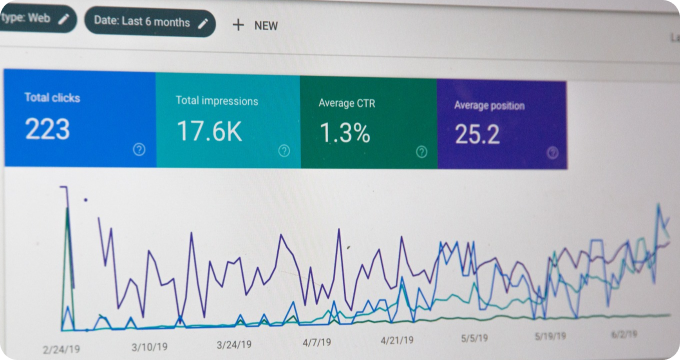How to Create a Budget for Implementing Job Costing Software
- November 24, 2023
- 2 minutes
The successful implementation of job costing software is tantamount to establishing a well-structured blueprint that encompasses an array of aspects from financial planning to technology acquisition and integration. It is prudent that stakeholders, firmly grounded in the gravitas of such a decision, comprehend the financial commitment tied to this implementation. The budgeting stage, which often precedes the actual implementation, is critical in determining the ROI the software would bring to the organization, and hence requires meticulous attention.
Let’s begin by delineating job costing software. This is a tool used by organizations, particularly within industries such as manufacturing, construction, and professional services, to ascertain the cost of a particular project or job. This kind of software allows companies to track expenses and revenues related to a specific project, equipping them with the power to gauge profitability more accurately, plan budgets effectively, and make informed decisions based on real-time data.
The budget for implementing job costing software should be segmented into various categories, the primary ones being: software acquisition, implementation, training, and maintenance.
- Software Acquisition: While it may seem like a daunting task to quantify the cost of software acquisition, it is crucial to understand that this cost is not just about purchasing the software. The cost also encapsulates licensing fees and the cost of any hardware required to run the software. Many vendors offer pricing models based on per-user or per-module, some even resort to a flat rate. The choice between these models should align with the size and specific needs of your business.
- Implementation: The implementation phase is a complex process that involves the integration of the software with existing systems, customization according to specific business needs, and the setting up of data fields. This phase also includes the cost of any potential downtime experienced during implementation. The law of diminishing marginal utility, an economic principle, is in full swing here - the benefits of the software implementation should outweigh the costs of any operational downtime.
- Training: The implementation of job costing software is not complete until the end-users are fully competent to use it. The training phase will determine the efficiency and speed at which your team can adapt to the new system. This phase should ideally cover the costs of hiring a trainer, the time invested in learning, and any additional resources required for successful training completion.
- Maintenance: This is a recurring cost that includes software upgrades, troubleshooting, tech support, and regular maintenance operations. This phase should account for annual maintenance costs, which is typically a percentage of the total software cost.
The budgeting process for implementing job costing software should be guided by a cost-benefit analysis. A statistical tool, known as the regression analysis, can be leveraged to forecast the benefits the software would bring in terms of operational efficiency, cost saving, and revenue generation. It would, in turn, justify the expenditure made on the software acquisition, implementation, training, and maintenance.
One might also consider the opportunity cost of such an implementation. This economic concept refers to the loss of potential gain from other alternatives when one alternative is chosen. If the investment in the job costing software could instead be used to finance another strategic initiative, the benefits of both should be weighed thoroughly before a decision is made.
The budgeting process might seem like a labyrinth of complexities, but it is worth the effort. The accuracy and detail in the budgeting phase will lay the foundation for the successful implementation of job costing software. A thoroughly planned budget can turn an overwhelming process into a less strenuous task, paving the way for a smooth transition and successful implementation.
Learn More
Unleash the power of efficiency and accuracy in your business by diving deeper into our enlightening blog posts on job costing software. For an unbiased, comprehensive view, the reader is encouraged to explore our meticulously curated rankings of the Best Job Costing Software.
Popular Posts
-
 Job Costing Software Industry Report: Unveiling Key Findings and Insights
Job Costing Software Industry Report: Unveiling Key Findings and Insights
-
 The Future of Job Costing Software: Predictions and Emerging Trends
The Future of Job Costing Software: Predictions and Emerging Trends
-
 6 Things I Wish I'd Known About Job Costing Software Before Implementing One
6 Things I Wish I'd Known About Job Costing Software Before Implementing One
-
 How to Hire the Right Job Costing Software for Your Business
How to Hire the Right Job Costing Software for Your Business
-
 Ask These Questions to a Job Costing Software Provider to Choose the Right One for Your Business
Ask These Questions to a Job Costing Software Provider to Choose the Right One for Your Business






